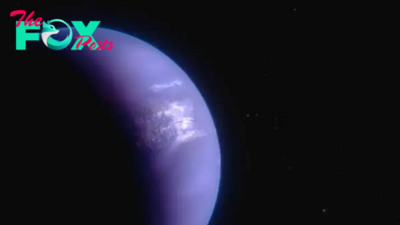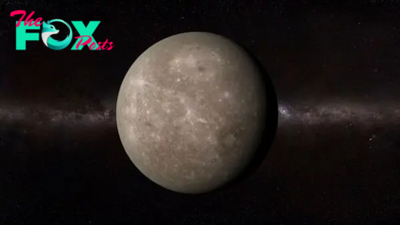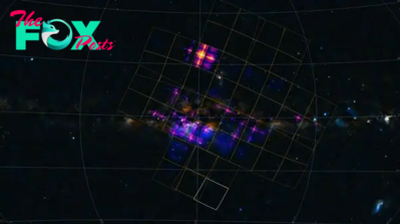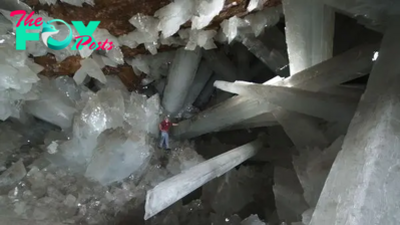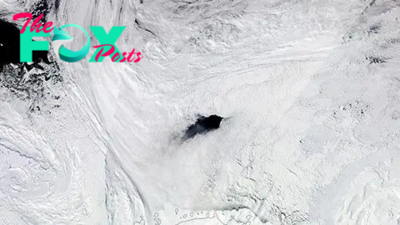Science
Some stars may be 'infected' with black holes that destroy them from within, new study hints
A sizable portion of the universe's matter could be made of microscopic black holes from the dawn of time — and they may be devouring stars from the inside out, a new study suggests.
The research looks to solve the mystery of dark matter, an elusive entity thought to make up 85% of the universe's mass, but which does not interact with light and is effectively invisible. While the nature of this elusive dark matter remains a puzzle, there's no shortage of ideas. One intriguing suggestion is that it is made up of primordial black holes (PBHs). In a new study published in the Monthly Notices of the Royal Astronomical Society, scientists investigated the effect of PBHs when they are caught up in forming stars.
Many black holes form when massive stars die. In the aftermath of supernova explosions, matter is packed so tightly that its gravity overcomes the outward force of the blast, sometimes causing the former star's core to collapse into a black hole. During the 1960s scientists realized that black holes could also form directly from extremely compact regions of matter in the first few seconds after the Big Bang. These primordial black holes could range from the mass of a dust particle up to thousands of times the mass of our sun. While there are many unanswered questions around PBHs, scientists believe they could make up a portion of the missing mass in the universe.
The first detection of gravitational waves by the Laser Interferometer Gravitational-Wave Observatory and its counterpart, the Virgo interferometer created new possibilities for studying these primordial black holes, lead study author Nicolas Esser, a theoretical physicist at the Université Libre de Bruxelles, told Live Science in an email.
Related: James Webb telescope confirms there is something seriously wrong with our understanding of the universe
Esser and his co-authors investigated what happens when PBHs with the mass of a large asteroid interact with the giant gas clouds where stars form. They found that PBHs of this size, which pack their mass into a space no bigger than a droplet of mist, could be captured by the gravitational pull of the newly forming stars.
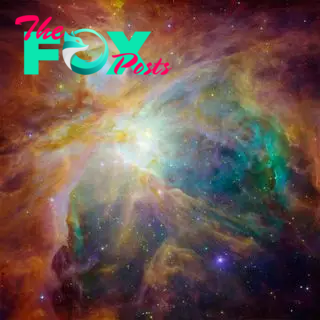
Some of these PBHs will have orbits that pull them directly through the forming star; each time that happens, the black hole loses a little bit of speed because of friction. After many passages through the infant star's increasingly dense interior, the microscopic black holes eventually become captured inside the star.
-
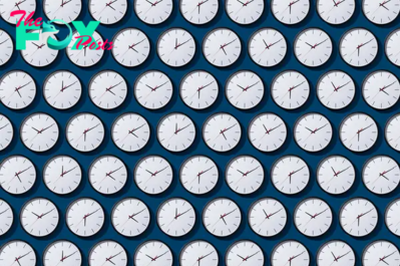
 Science3h ago
Science3h agoWe Still Don’t Fully Understand Time
-
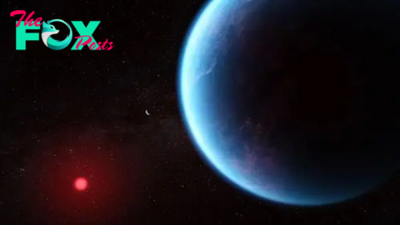
 Science19h ago
Science19h agoNo, the James Webb Space Telescope probably didn't detect signs of alien life — but it soon could
-

 Science1d ago
Science1d ago'You certainly don't see this every day': Ultra-rare backward-spinning tornado formed over Oklahoma
-
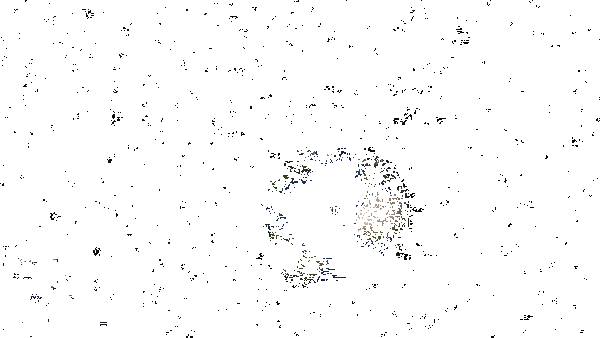
 Science1d ago
Science1d agoAsteroid that exploded over Berlin was fastest-spinning space rock ever recorded
-
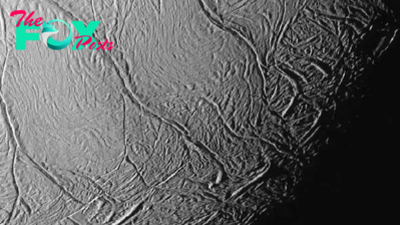
 Science1d ago
Science1d agoEnormous 'San Andreas fault' on Saturn's moon could help reveal signs of alien life
-
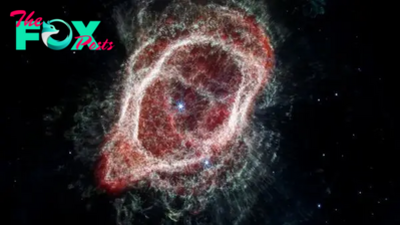
 Science2d ago
Science2d ago'We were amazed': Scientists find hidden structure in nebula captured by James Webb telescope
-
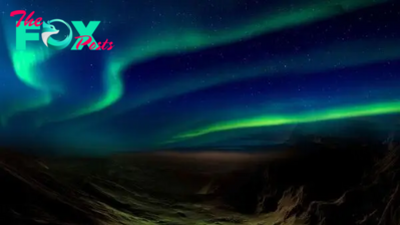
 Science2d ago
Science2d agoSun's chaotic peak triggers record-breaking 'global auroras' on Mars
-
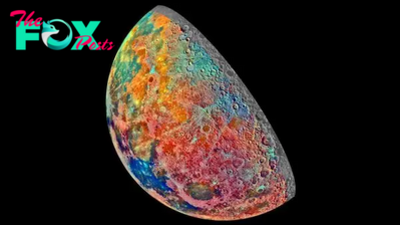
 Science2d ago
Science2d agoWhat would happen if the moon disappeared tomorrow?
